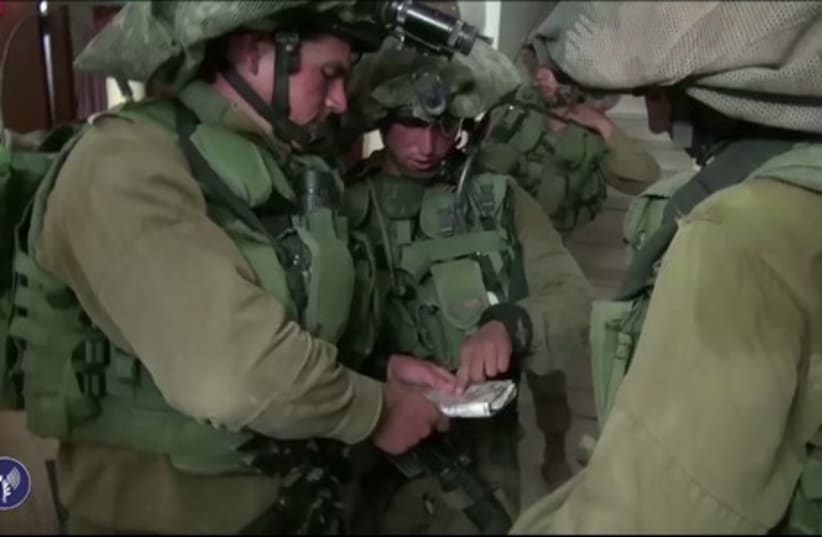Security and defense: The pressure cooker
Although it is not in Hamas’s interest to bring Gaza into the line of fire, the terrorist organization has already proven, through the kidnapping, that it does not always know how to safeguard its own strategic interests.
